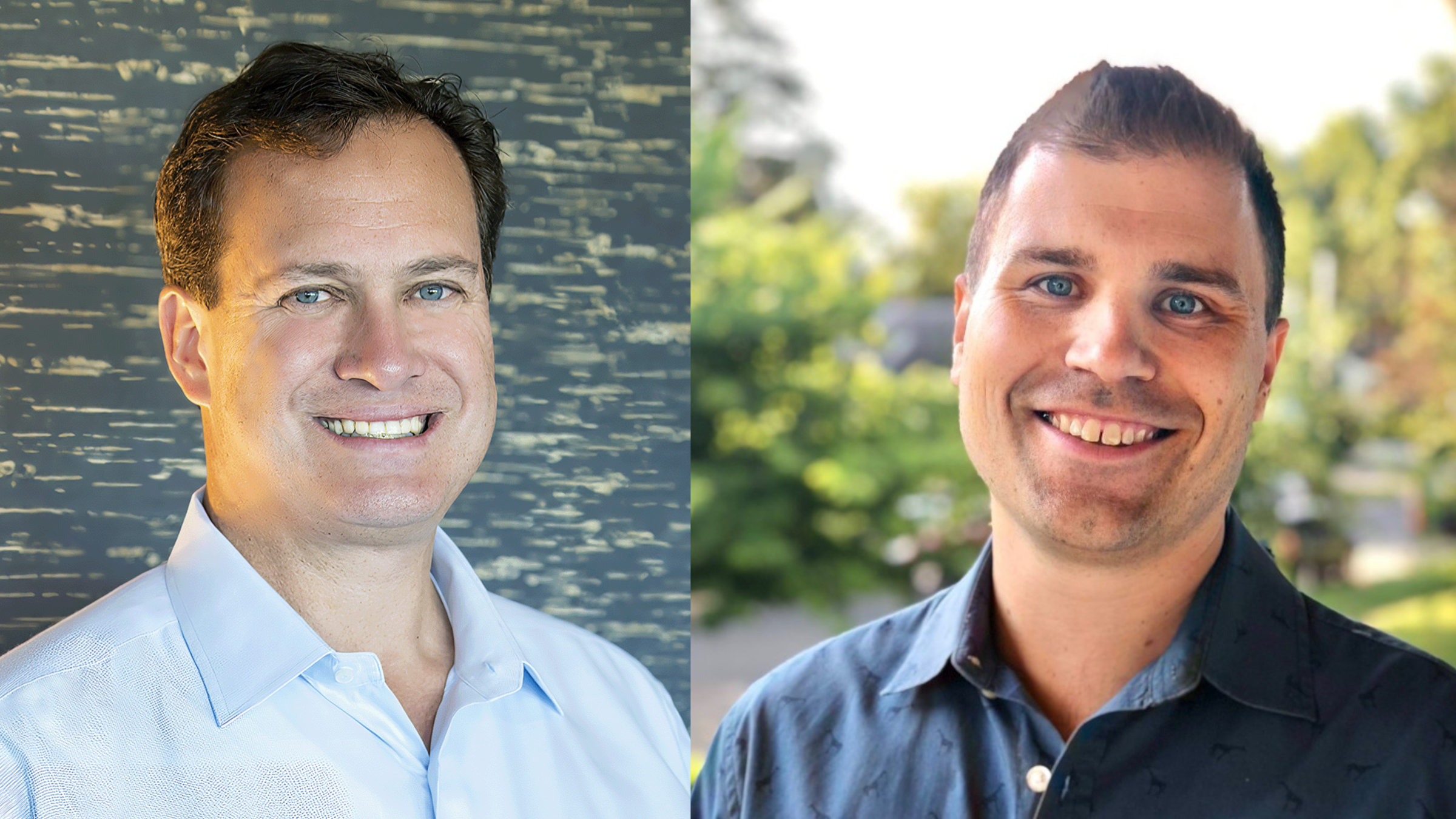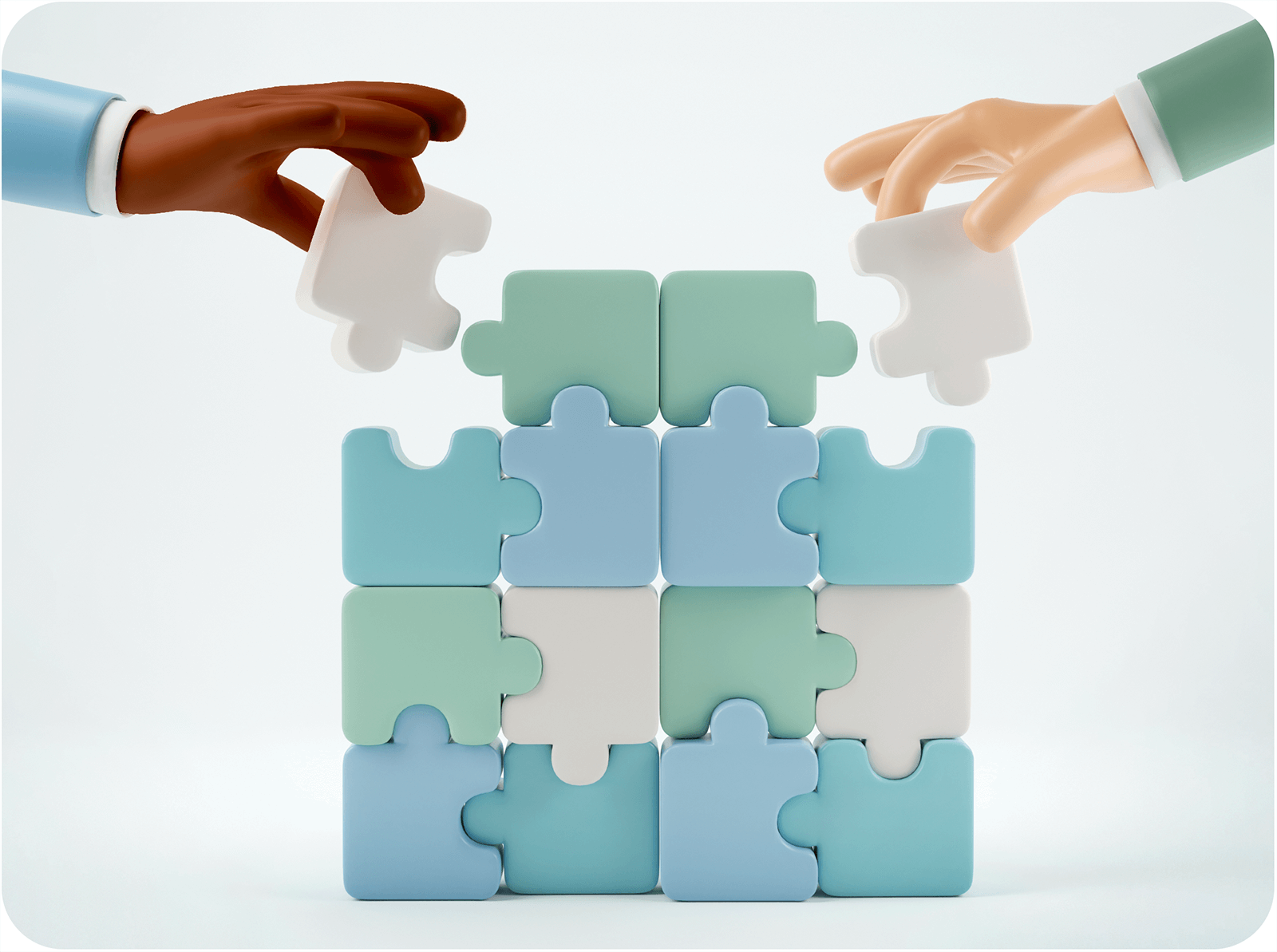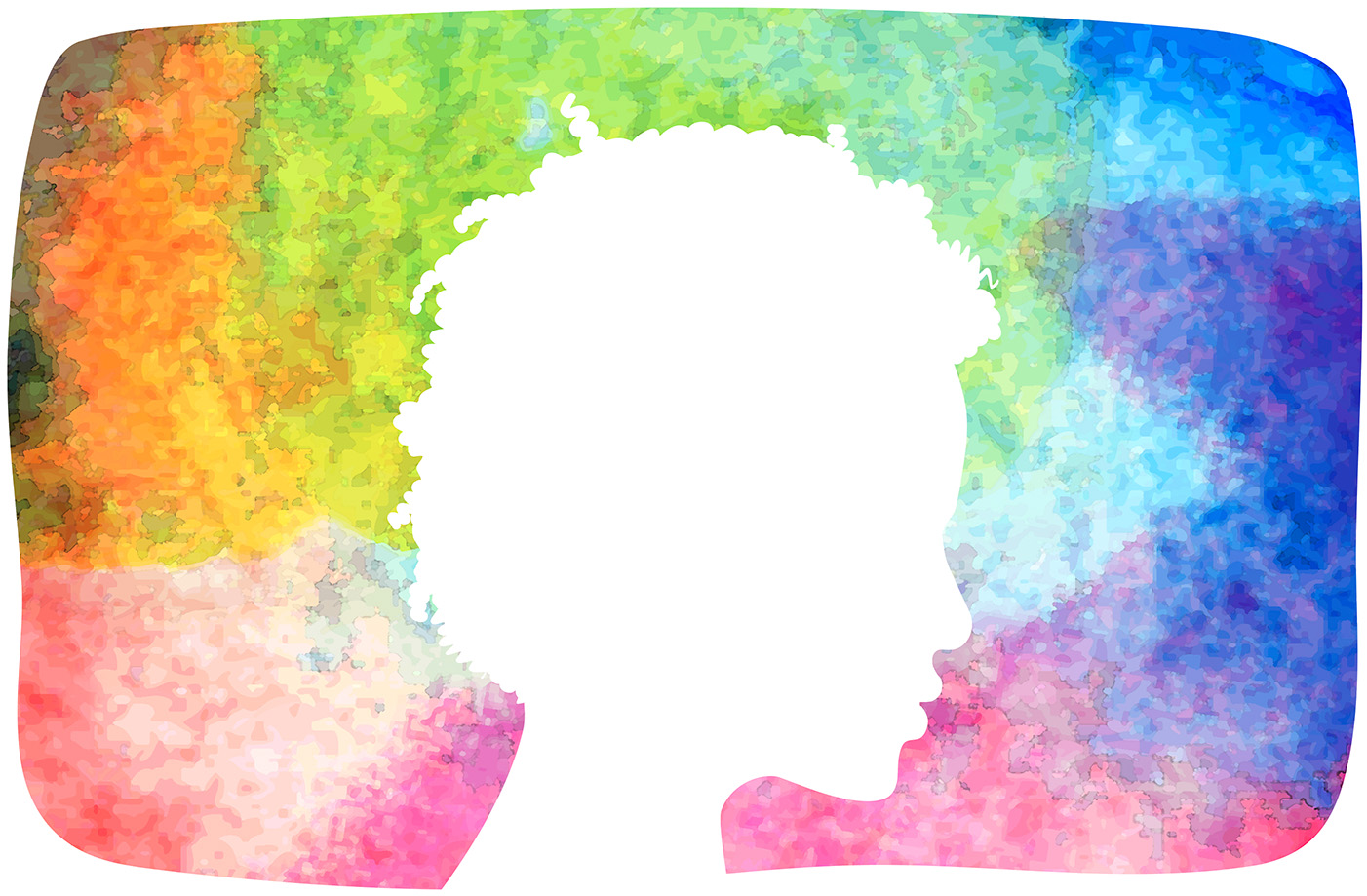Social Determinants of Health and the Last Mile Problem
The “last mile” refers to a logistics problem: moving goods, services, and people close to their destination is more efficient than delivering those things to their final destination. In transport, it’s more efficient to move a container of goods to a distribution center than to get a specific item ordered to the customer. In telecom, it’s one thing to get high speed internet to a local hub and quite another to dig cables to every house in a neighborhood. For public transport, major routes get people close to their final destinations, after which they have to transfer or walk (this means public transport also has a “first mile” problem). In short, when moving things from one place to another, the last mile often requires a disproportionate amount of the effort.
Social Determinants of Health (SDoH) also has a “last mile” problem: The programs built to address health disparities at the population level must still reach that population. As we’ve argued, “reaching that population” can’t simply mean building a program or informing individuals that a program or resource exists. Programs alone don’t close gaps. Neither does knowledge of those programs nor referrals to them. At least not for those requiring more help navigating, which tends to be the population that Reema serves.
The programs built to address health disparities at the population level must still reach that population.”
While knowing the location of the bus stop or where to deliver the couch or where to run the last 200 feet of cable can often be enough to get a handle on the problem, that’s not the case with SDoH because the solution is never just one thing.
Take food insecurity, for example. Is this an access problem? A transportation problem? A financial problem? All three? The multifaceted nature of these issues means that SDoH’s last mile is messy. Creating a weekly farmer’s market in a food desert solves the access issue, but not the other two. But integrating different solutions together to address these complex issues also isn’t simple, not only because integrating different programs is challenging, but because it’s not always entirely clear what prevents someone from taking advantage of the opportunities around them in the first place. What’s needed is a more personal approach, one that appreciates the nuances of an individual’s situation.
Reema’s Solution
Reema’s personal approach—aided and informed by technology tools that make these efforts efficient—does three things that solve the last mile for SDoH:
- Establishes meaningful engagement
- Builds empathetic connection
- Strategically integrates services
Engagement
The first step to addressing SDoH with our members is to get them engaged with a Reema Community Guide. Engagement can be used to mean many things, but at Reema it means predicting who we can have the greatest impact with, structuring outreach that best fits those individuals, and then giving Community Guides the flexibility they need to make that first interaction an intentional and positive one.
Connection
A Guide’s ability to create and sustain this engagement from the beginning lays the foundation for a meaningful relationship built on empathy and trust, one that illuminates the nuances of each member’s situation. Three features make this connection possible. First, our Guides live and work in the same communities as our members, which means these connections can be more authentic and powerful. Second, because we’re already having frequent conversations, members will come to us when something happens and we’re able to more effectively and efficiently take action. Finally, even with automation, there’s always a Guide in the loop, which means our system continually learns how to best serve individuals.
Integration
When Guides take what they learn about their community and community members and combine it with Reema’s predictive and integrative technology platform, they are prepared to address the multifaceted nature of SDoH for each individual. Again, this is more than referrals: it requires integrating relevant services with the idiosyncrasies of peoples’ situations together and accompanying members as they navigate their way to and through the resources that can help. That empathetic connection, sustained through smart engagement, empowers members to benefit from the services built to support them.
What This Looks Like at Reema
The most common thing our Community Guides hear at Reema is “I don’t need anything.” While that’s an understandable sentiment, we find that it’s usually not true. Rather it stems from people being used to the challenges they have in their lives and the difficulty and failures they’ve faced trying to get tangible help (i.e. the last mile of SDoH issues).
When we met Sandra, she didn’t tell us that she was being evicted or struggling to quit smoking or about a history with mental illness—she told us a couple key phrases about grandchildren and end-of-the-month SNAP benefits that our system flagged as predictive of food insecurity.
The most common thing our Community Guides hear at Reema is ‘I don’t need anything.’”
Addressing food insecurity is a great opportunity to build trust and show our ability to support members. In this case, we brought her food and learned more about her, her family, and her health struggles. This allowed us to get our foot in the door and start a more meaningful conversation with her. We know it’s working when she tells us that she is out of adult diapers.
Adult diapers are a sensitive topic, so we work to get her diapers ASAP, which leads to her telling us about a pending eviction, challenges to quit smoking, and a history of mental illness. All of which are addressable through existing resources, but none of which she was fully aware of, or had the time or energy to work through herself.
Few of the things we’ve worked on with Sandra were obvious at first or easily discoverable without successfully engaging her and building an authentic, empathetic relationship that encouraged her to feel safe sharing critical details of her life. At this point, the Guide’s relationship with Sandra is on firm footing and we’re confident we’ll be able to continue to support her needs.
Scalability and the Last Mile
Of course, the last mile is where scalability becomes messy. It takes heaps more people to run cables to every house in a neighborhood than it does to run the cable to the neighborhood hub. Scaling solutions to SDoH requires a personal connection. That means it can’t be fully turned over to an AI-based chatbot or mobile app, but it can be done efficiently by joining good people with smart technology. That’s where Reema thrives.



